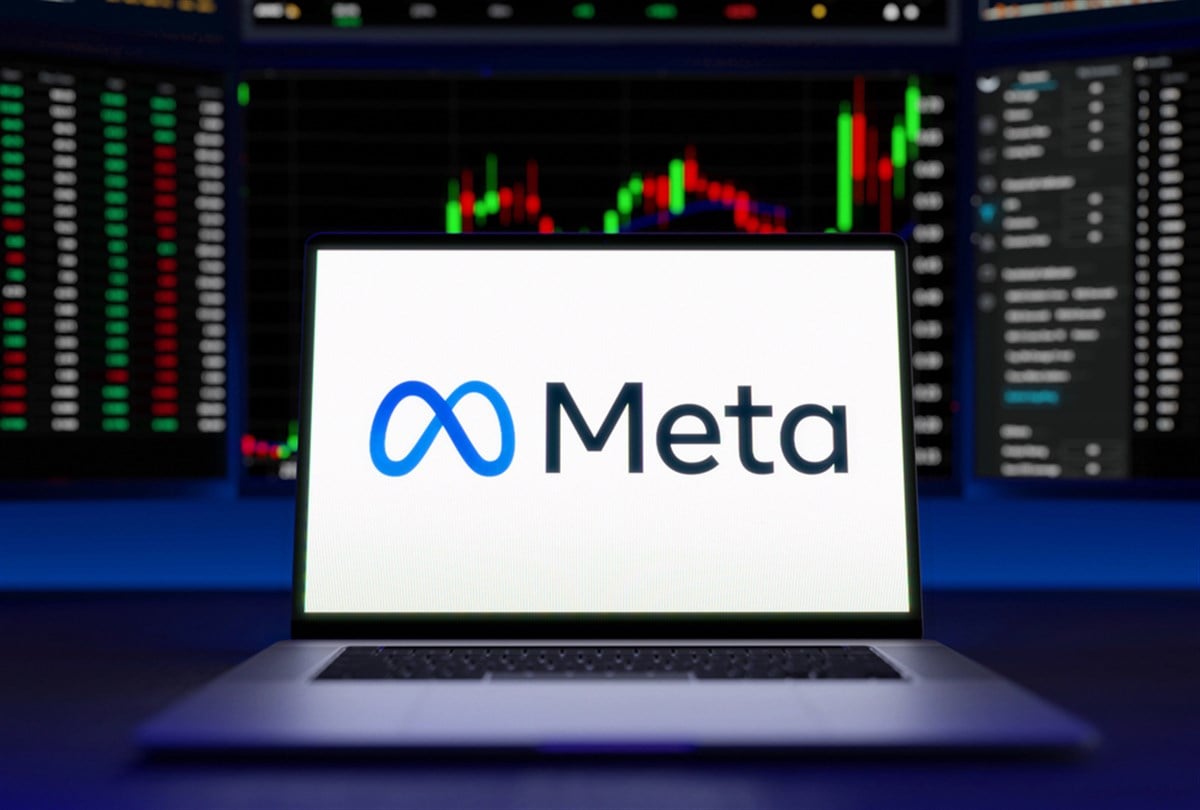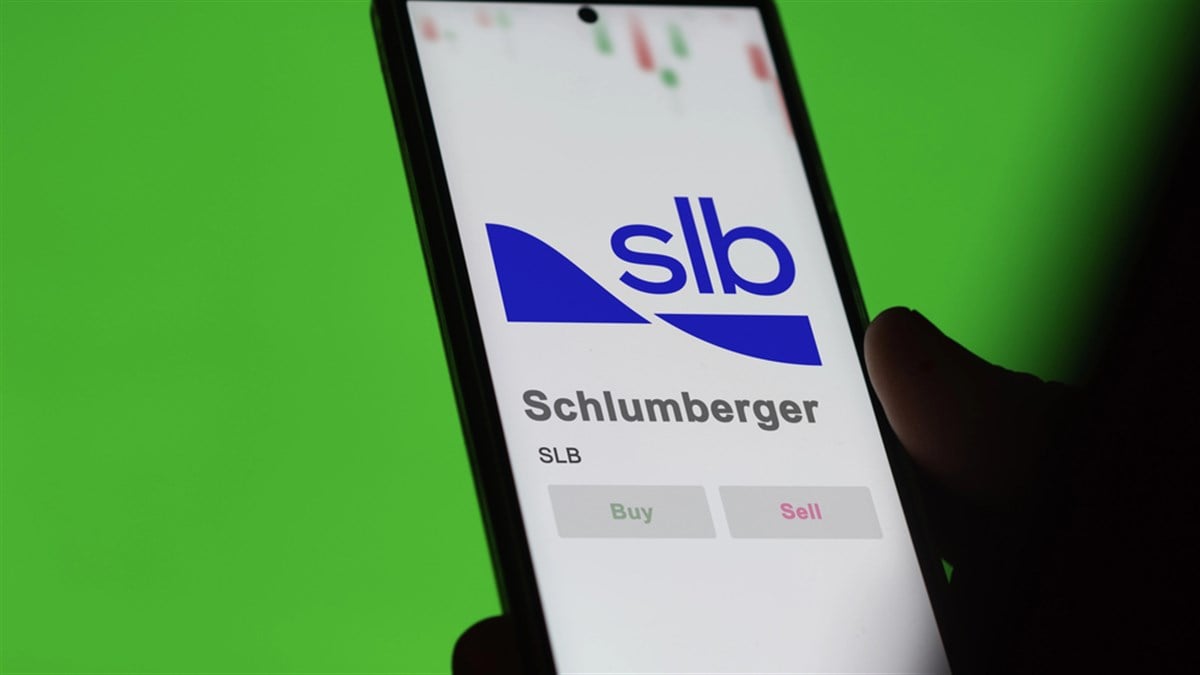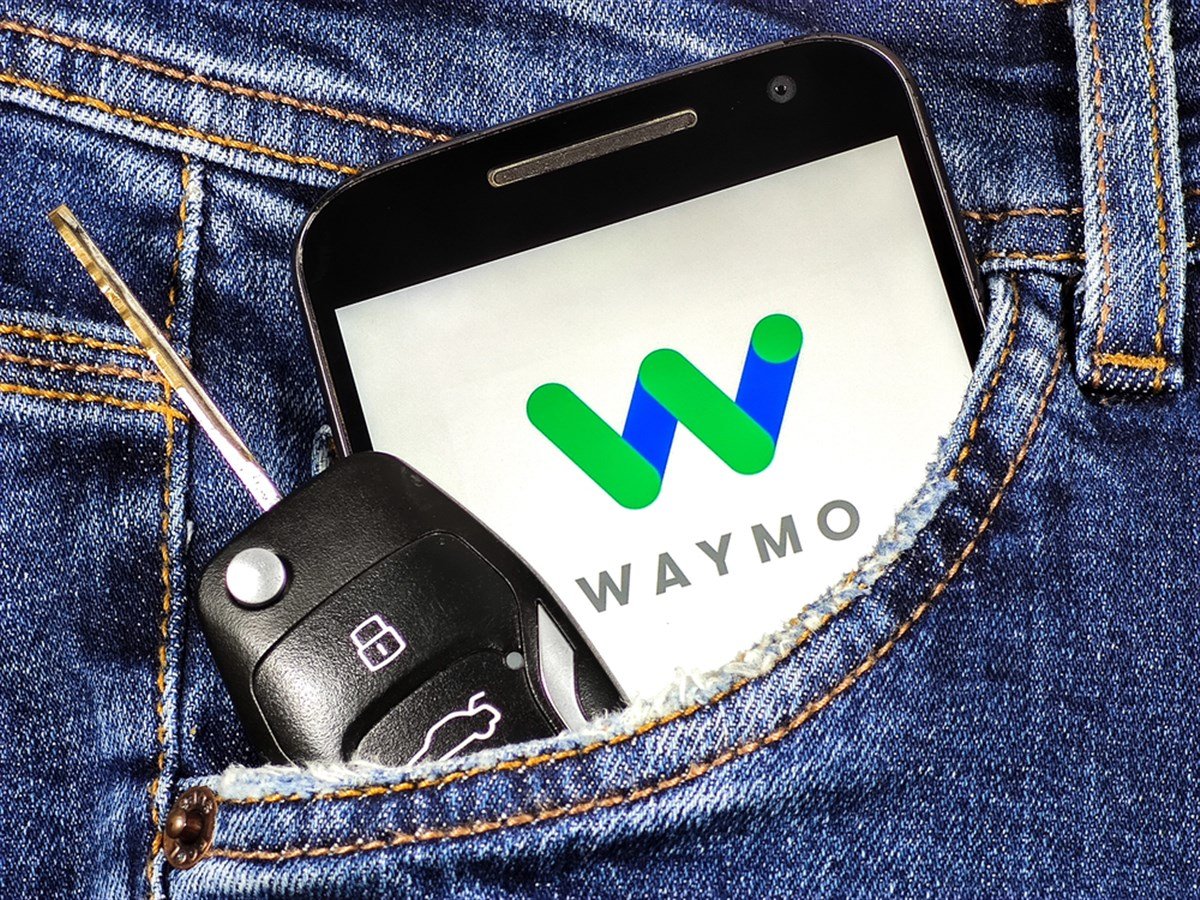Meta vs OpenAI: Is Sora a True Threat to Meta's Dominance?

OpenAI’s ChatGPT has undeniably taken the world by storm. The National Bureau of Economic Research believes that around 700 million people, or 10% of the world’s population, used ChatGPT as of July 2025. That is an incredible feat for a platform that launched in November 2022. Ultimately, these researchers conclude that no new technology has ever seen such rapid global adoption.
ChatGPT created extensive investor concerns around Alphabet (NASDAQ: GOOGL). Some believed the platform would greatly weaken Alphabet’s Google Search business, as people now had a more intelligent way to search the internet. However, Alphabet has been just fine. Google Search revenues have increased 27% since Q4 2022, and the stock is up by around 150% since the end of November 2022.
Still, at least one Wall Street analyst worries that OpenAI’s latest innovation could hurt another Magnificent Seven stock: Meta Platforms (NASDAQ: META). Analysts at MoffettNathanson recently lowered their Meta price target after OpenAI released its Sora app. MoffettNathanson posited that Sora could be a threat to Meta in the same way that ChatGPT was to Alphabet. Below, we’ll break down this analyst’s claims and explain how big of a threat Sora might be.
Sora: OpenAI’s New Social Media App Breaks Onto the Scene
Sora is a social media application similar to TikTok, allowing users to create, discover, and share short-form videos. However, all the videos are artificial intelligence (AI)-generated. Notably, users can blend their friends and celebrities on the app into videos. This feature stands in contrast to Meta’s competing AI-generated video platform, Vibes. This factor made Sora initially much more well-received than Vibes, as users enjoyed incorporating others into their content.
MoffettNathanson believes that Sora could take eyes off Meta’s apps, damaging the growth of Meta’s advertising business. This is not an illegitimate worry, considering that Sora recorded one million downloads in just five days after its Sept. 30 release. This was faster than the growth of ChatGPT. Still, there are several reasons to believe that Meta can withstand the rise of Sora.
Meta Has Withstood Past Threats, and Can Do So Again
Despite the adoption of ChatGPT and Sora, both pale in comparison to the massive user base Meta has generated. The company has just under 3.5 billion users, making its adoption five times larger than ChatGPT. With this towering user base already in hand, Meta has a key advantage in rolling out and scaling new platforms to drive growth. Additionally, MoffettNathanson says that social media is a "zero-sum competition for leisure time," arguing that new entrants simply extract engagement from incumbents. However, they also admit that Meta has been able to retain its market share even when new apps like TikTok and Snapchat have emerged. These points contradict each other, weakening the argument that Sora will significantly hinder Meta.
Furthermore, over time, Meta can do to Sora exactly what they did to combat TikTok: copy it. Instagram Reels have emerged as a key growth driver for Meta as the company stepped into the short-form video arena that TikTok pioneered. Even if users prefer Sora over Vibes today, Meta can improve the platform by integrating Sora’s best features. The company is working to develop its own proprietary models to make this easier as Vibes is currently based on third-party models. Although this will require time and investment, Meta’s commitment to developing AI capabilities is among the strongest in the world.
Despite Concern, MoffettNathanson Still Sees Strong Upside in Meta
It is certainly possible that Sora could take attention off Meta’s apps in the short run, hurting its financials and damaging sentiment around the stock. However, investors likely won’t know if this is the case for at least a few months. The tech giant’s Q3 earnings report, slated for Oct. 29, only runs through the three months ended Sept. 30. OpenAI released Sora that same day, meaning the results should not reveal any potential impacts. The company’s Q4 report in late January or early February 2026 will likely be significantly more telling.
It’s also worth noting that MoffettNathanson remains constructive on Meta, despite the price target adjustment. The firm reduced its target by $40 following Sora’s release, setting it at $890—still well above the broader consensus and implying significant upside from recent trading levels.
Utimately, as MoffettNathanson and other analysts have said, Sora is not an “immediate existential threat” to Meta. However, Sora’s emergence is a key risk factor to watch over the coming months.
Learn more about META


